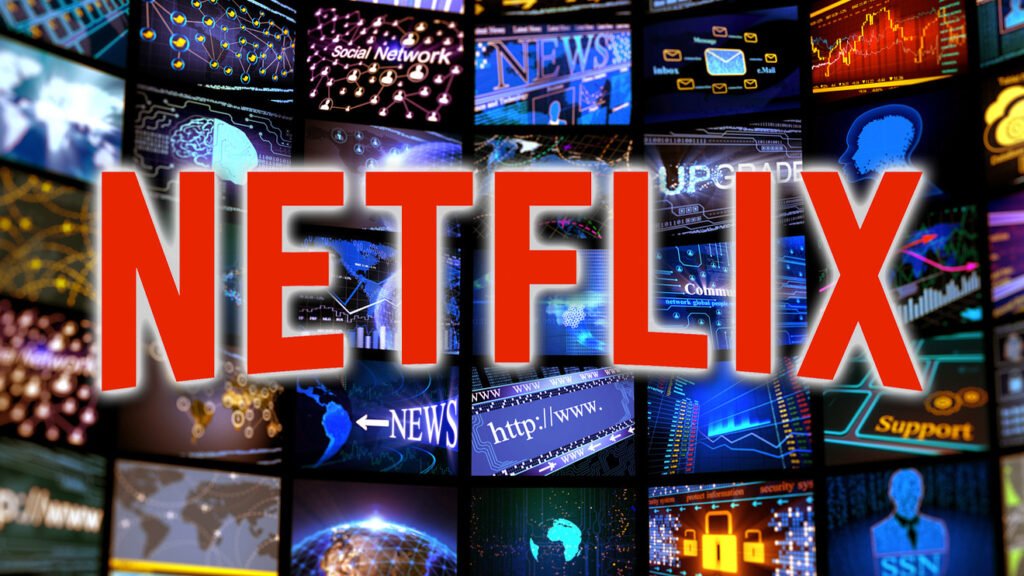Once Upon a Star is a new film by Nonzee Nimibutr that pays tribute to the most captivating era of the Thai film industry. Set in the 1970s, the film follows a traveling pharma-cinema unit that travels around Thailand in a van, showing Thai films of the 1960s for communities.
The pharma-cinema unit is a unique part of Thai film history. These units would pack up a whole open-air cinema and drive it to remote villages, where they would show films to the locals. The films were often dubbed live by a team of actors, who would add sound effects, score, and dialogue from a panel of microphones.
Once Upon a Star follows the story of one such pharma-cinema unit as it faces challenges from a rival company with more expensive equipment. The film also explores the changing landscape of the Thai film industry, as modern cinemas and TV sets begin to replace the traditional open-air theaters.
The film stars Weir-Sukollawat Kanaros as the cinema leader Manit, Noona-Nuengthida Sophon as voice dubbing actor Rueangkae, and Samart Payakaroon as the unit’s driver Uncle Man.
In a letter for Netflix, the director wrote that Once Upon a Star “is a love letter to the Thai film industry.”
“Over the decades, the Thai film industry has gone through a lot and weathered many ups and downs,” Nimibutr wrote. “From silent films and noir classics to dubbed 16mm films in cinemas, it evolved into open-air theaters, traveling pharma-cinema units, and has now arrived at today’s streaming platforms.
“My profound love and strong bond with Thai films have shaped my entire way of life and continue to be an integral part of my life. Therefore, I wanted to make a film to express my heartfelt gratitude to the Thai film industry.”
Once Upon a Star is a heartwarming and nostalgic film that captures the magic of the Thai film industry at a time when it was on the cusp of change. The film is a must-see for any fan of Thai cinema.
The pharma-cinema unit was a popular way to bring films to rural areas of Thailand.
The films shown by the pharma-cinema units were often dubbed live, which added a unique layer of excitement and interactivity to the experience.
The rise of modern cinemas and TV sets led to the decline of the pharma-cinema unit, but the practice continues to this day in some parts of Thailand.
Once Upon a Star is a moving and nostalgic film that captures the spirit of the Thai film industry at a time of great change.










